English / German
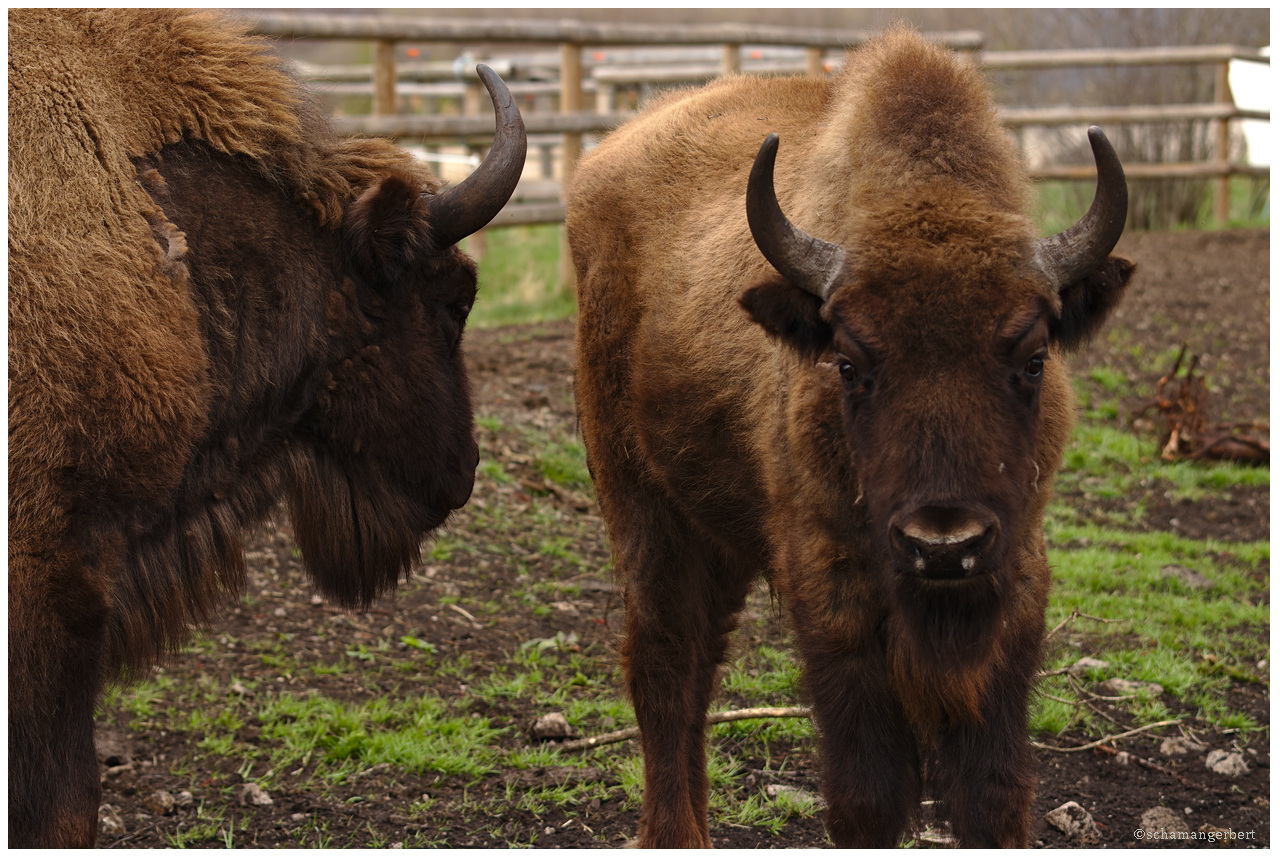
Intro
In this article I would like to report on my participation in the bison project in the Donaumoos near Neuburg an der Donau. In addition to background information on the majestic animals, there is current information on breeding and reintroduction.
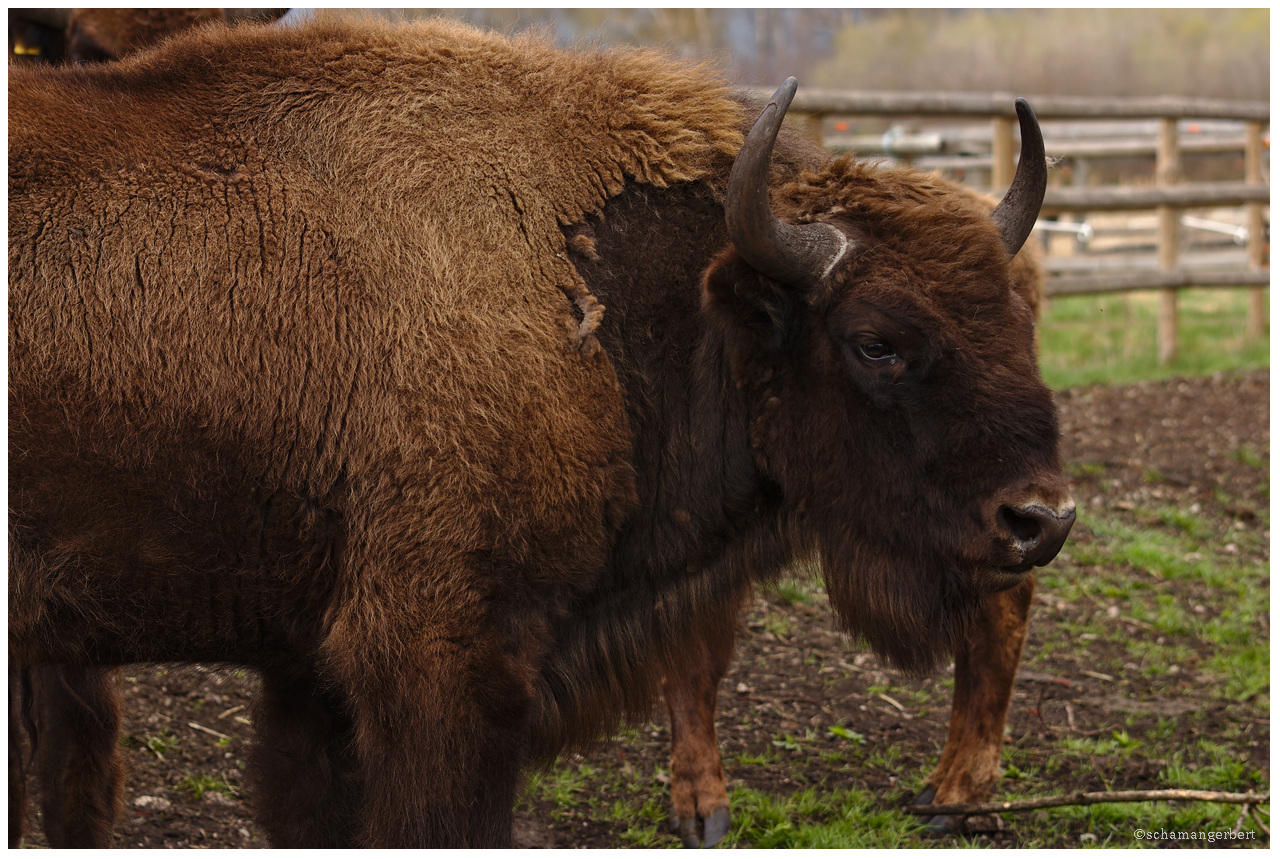

In diesem Artikel möchte ich über meine Beteiligung am Wisentprojekt im Donaumoos bei Neuburg an der Donau berichten. Neben Hintergrundwissen zu den majestätischen Tieren gibt es aktuelle Informationen zu Zucht und Auswilderung.

History of the bison
From cave paintings we know about the widespread distribution of the steppe wisent in the entire Asian, European and American steppe. After the end of the last ice age, however, the stocks were reduced and the current shape emerged in the Caucasus. The growing population and hunting caused the populations to shrink again and by the end of World War I the last of the wild animals had disappeared. In 1927 the last animal was shot in the Caucasus. In France it disappeared in the 14th century, in Sweden and England as early as the 11th century.

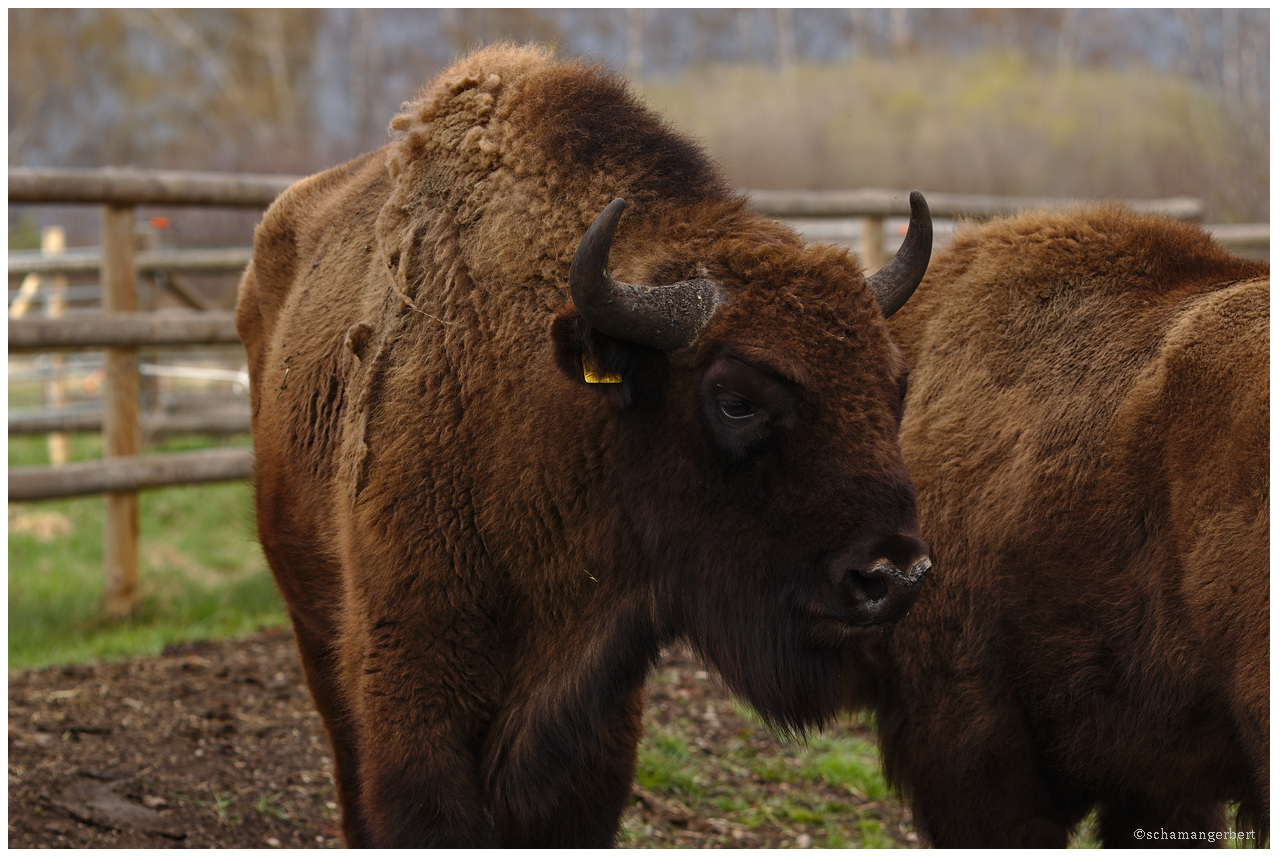
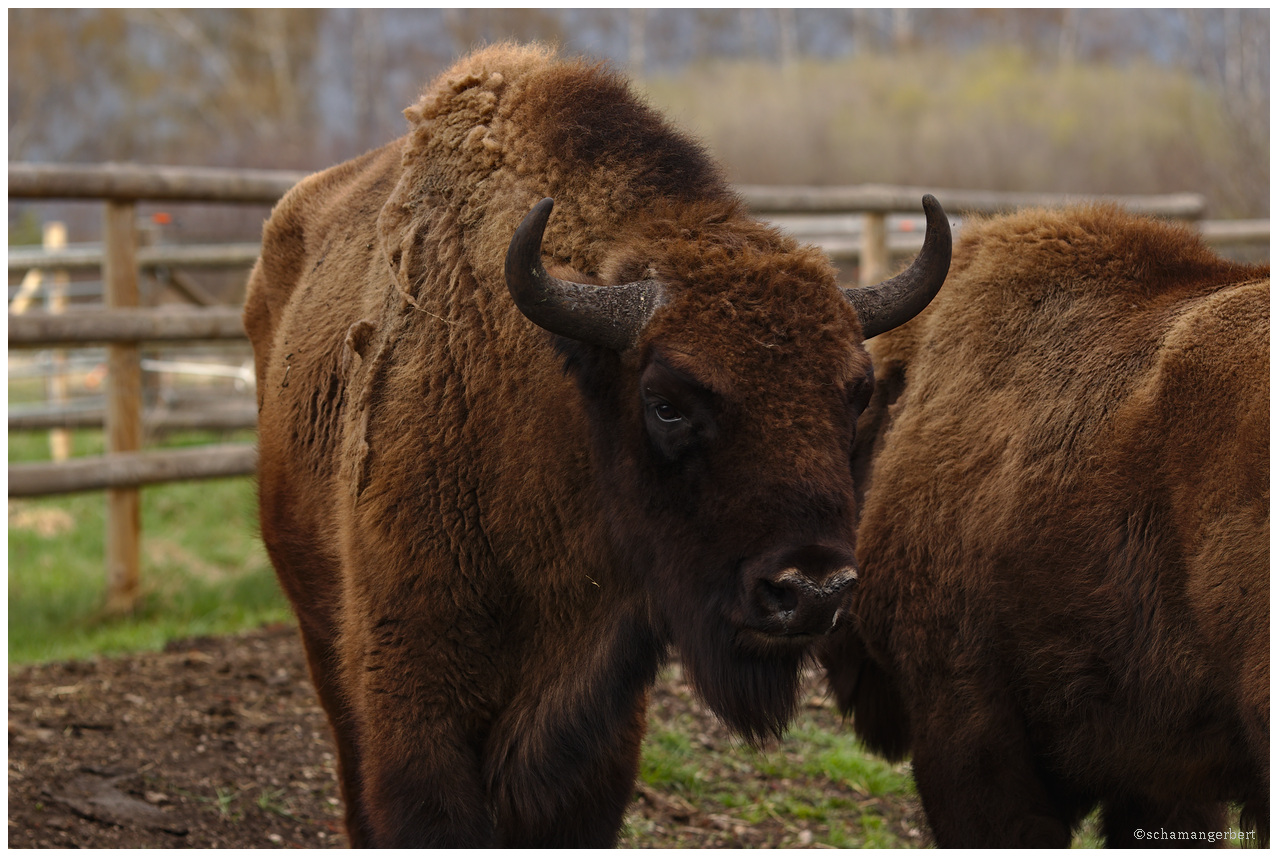
Geschichte der Wisente
Von Höhlenmalereien wissen wir über die weite Verbreitung des Steppenwisents im gesamten asiatischen, europäischen und amerikanischen Steppenlandes. Nach Ende der letzten Eiszeit haben sich die Bestände jedoch reduziert und es entstand die heutige Form im Kaukasus. Die wachsende Bevölkerung und die Jagd ließen die Populationen dann erneut schrumpfen und bis zum Ende des ersten Weltkrieges waren die letzten freilebenden Tiere verschwunden. 1927 wurde das letzte Tier im Kaukasus erlegt. In Frankreich verschwand es im 14. Jahrhundert, in Schweden und England bereits im 11. Jahrhundert.
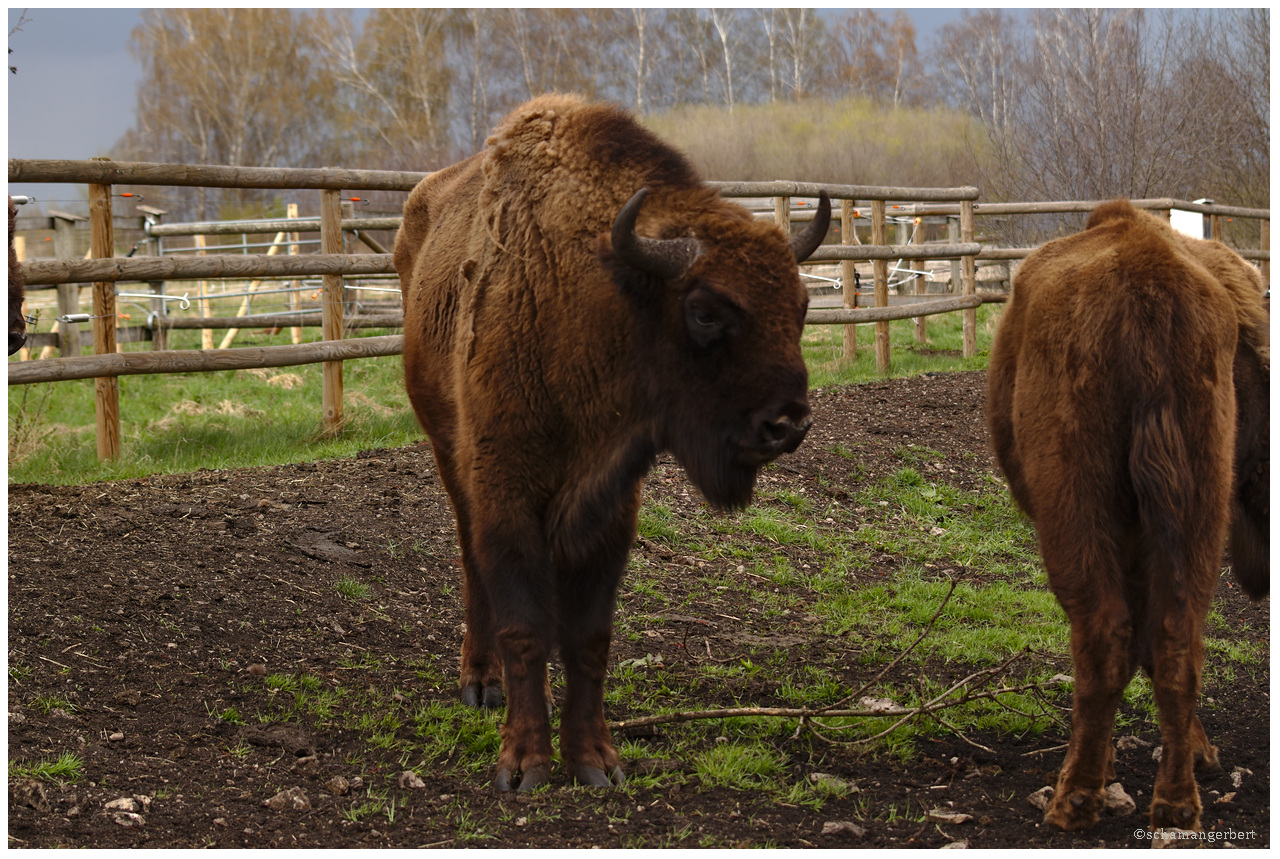
Conservation breeding
Due to the foreseeable extermination, the International Society for the Conservation of Bison was founded in 1923. Only 40 animals were found in zoos, 12 of which are considered founder animals for offspring.
"The first reintroduction project was undertaken in 1952 in the Białowieża Primeval Forest. As a result of the success, further reintroductions were carried out. Today, around 60% of the animals included in the stud book live in the wild. Poland (644 animals, 5 herds), Russia (272 animals, 9 herds), Ukraine (405 animals, 8 herds) and Belarus (532 animals, 7 herds). " (Dr. Johannes Riedl, 2005)

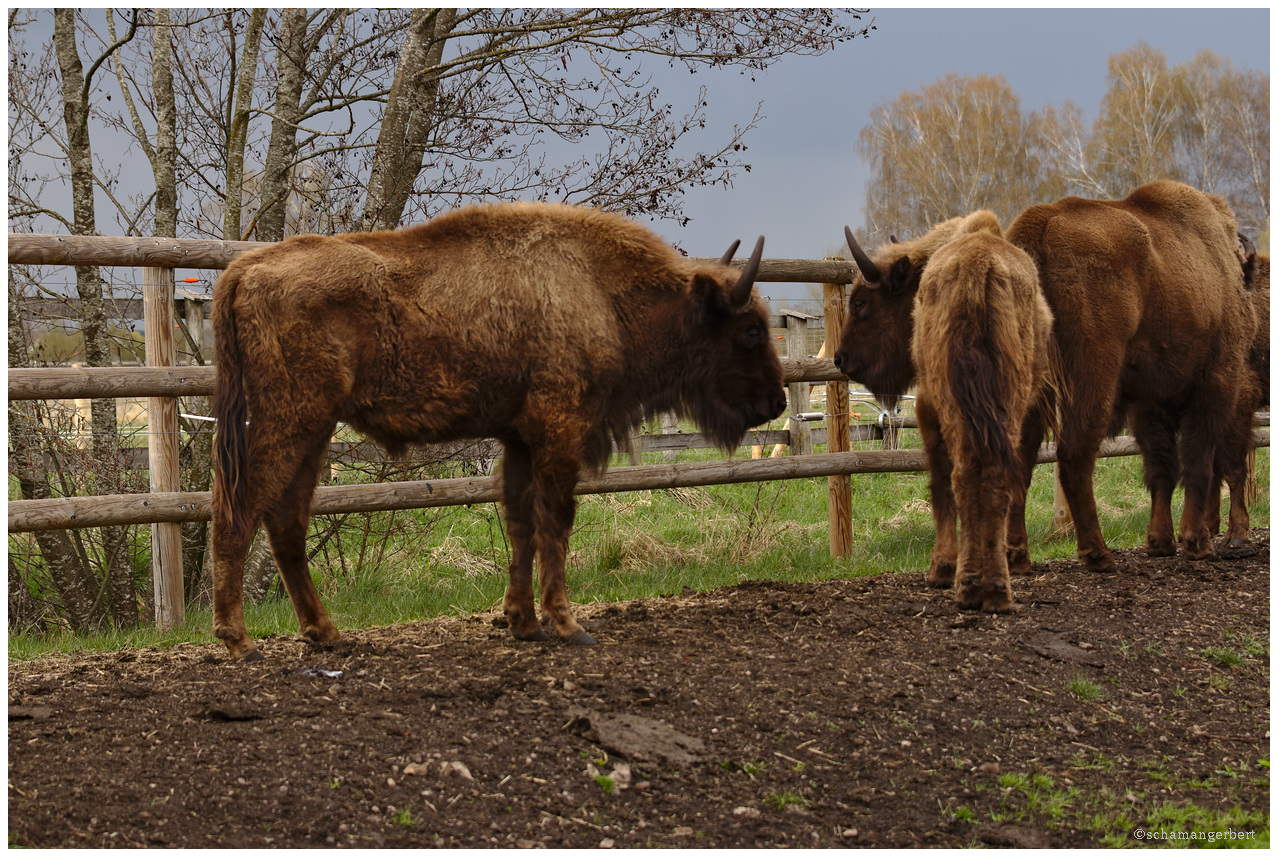
Erhaltungszucht
Aufgrund der absehbaren Ausrottung wurde 1923 die Internationale Gesellschaft zu Erhaltung des Wisents gegründet. In Tiergärten liesen sich noch 40 Tiere finden, von denen 12 als Gründertiere für die Nachzucht gelten.
"Das erste Auswilderungsprojekt wurde 1952 im Urwald von Białowieża unternommen. Aufgrund des Erfolges wurden weitere Wiederansiedlungen durchgeführt. Heute leben etwa 60% der im Zuchtbuch berücksichtigten Tiere in freier Wildbahn. Die 30 freilebenden Herden verteilen sich auf Litauen (40 Tiere, 1 Herde), Polen (644 Tiere, 5 Herden), Russland (272 Tiere, 9 Herden), Ukraine (405 Tiere, 8 Herden) und Weißrussland (532 Tiere, 7 Herden)." (Dr. Johannes Riedl, 2005)

Donaumoos enclosure
In my neighborhood there are 3 herds with around 30 animals. The task is the offspring and subsequent release into the wild. All animals born here receive a "D" as the first letter, like Don or Dona. The enclosures are secured with an electric fence, in addition with a solid wooden fence . My job consisted of taking photos for documentation and passing them on to the authors of the international stud book.

Donaumoos Gehege
In meiner Nachbarschaft werden 3 Herden mit etwa 30 Tieren gehalten. Die Aufgabe ist die Nachzucht und anschließende Auswilderung. Alle hier geborenen Tiere erhalten als ersten Buchstaben ein "D", wie Don oder Dona. Die Gehege sind mit einem Elektrozaun gesichert, zusätzlich noch mit einem massiven Holzzaun. Meine Aufgabe bestand in der Anfertigung von Fotos zu einer Dokumentation und zur Weitergabe an die Verfasser des internationalen Zuchtbuches.

Visit to the enclosure
During a visit last week, I noticed the many young bulls that are now integrated into the herd of bulls. I already knew from the newspaper that some of the older animals had been released for reintroduction and left the Donaumoos. May they find their destiny in freedom and may be happy for many years to come in a natural forest landscape! My photos show different animals from a few meters away, have fun looking at them!

Besuch am Gehege
Bei einem Besuch in der letzten Woche fielen mir die vielen Jungbullen auf die nun in der Bullenherde integriert sind. Aus der Zeitung wusste ich bereits dass ein paar der älteren Tiere zur Auswilderung freigegeben wurden und das Donaumoos verlassen haben. Mögen sie in Freiheit ihre Bestimmung finden und in einer natürlichen Waldlandschaft noch viele Jahre glücklich sein! Meine Fotos zeigen verschiedene Tiere aus wenigen Metern Entfernung, viel Spaß beim Betrachten!
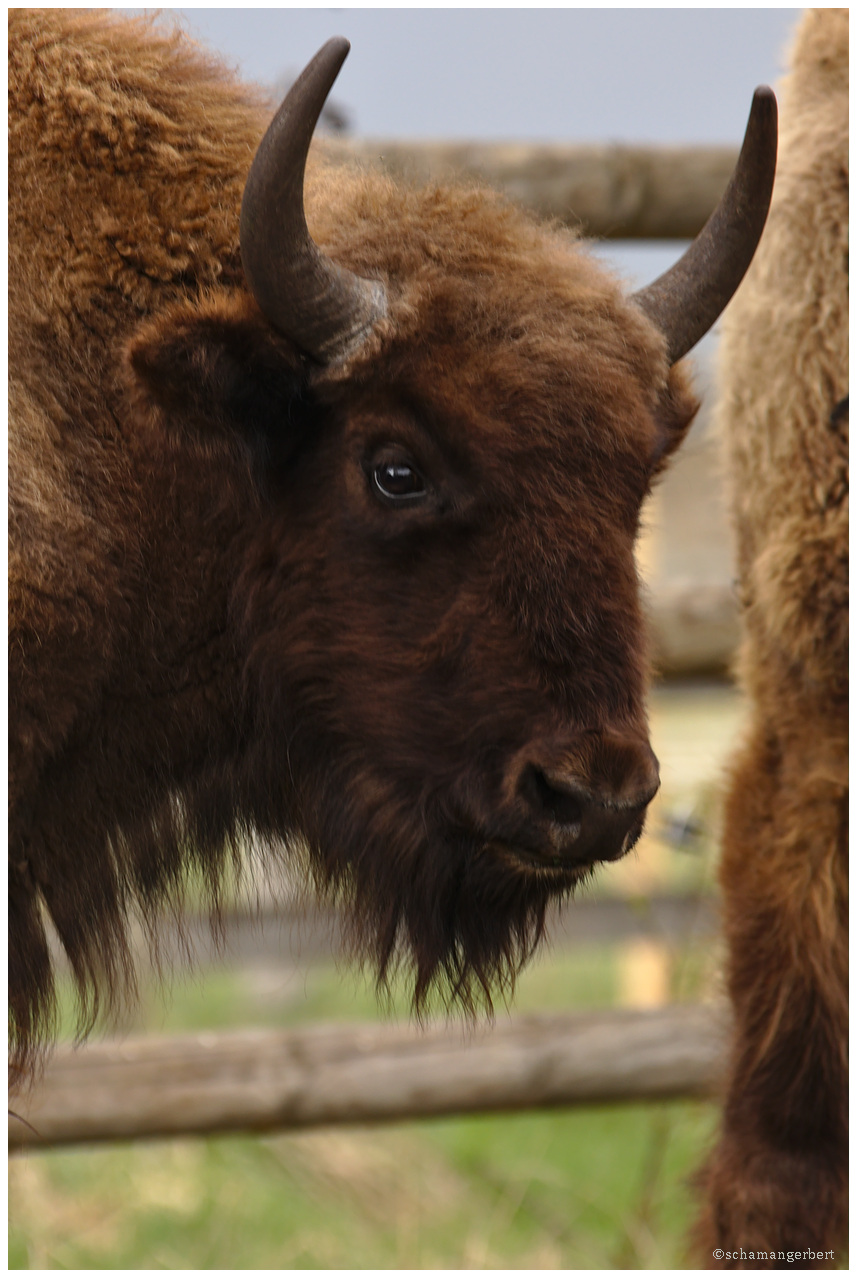
Camera: Canon EOS 200D
Lens: Tamron 10-24 mm, Tamron 70-210 mm
Edit: darktable

See you next time! / Bis nächstes Mal!
Thank you for your attention! / Danke für Deine Aufmerksamkeit!
Original content by
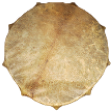 Schaman Gerbert
Schaman Gerbert 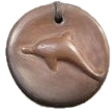
Wow! The last photo is very powerful!
This kind of photography is very different from your streams and forest photos!! LoL
Sehr schöne Bilder und imposante Tiere!
Danke für deinen Beitrag.
Tolle Fotos und ein tolles Projekt. Klasse das Du dabei sein konntest. Wenn Du da vorbei kommst wirst Du Dich wohl immer mal wieder umschauen. Es wird ja weitergehen und ich hoffe dass noch viele Generationen ausgewildert werden.
LG Michael
!invest_vote
!jeenger
Your contribution was curated manually by @mima2606
Keep up the good work!
@mima2606 denkt du hast ein Vote durch @investinthefutur verdient!
@mima2606 thinks you have earned a vote of @investinthefutur !